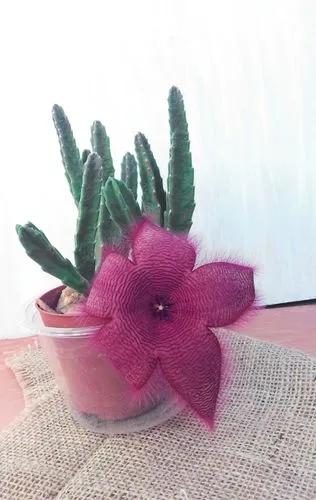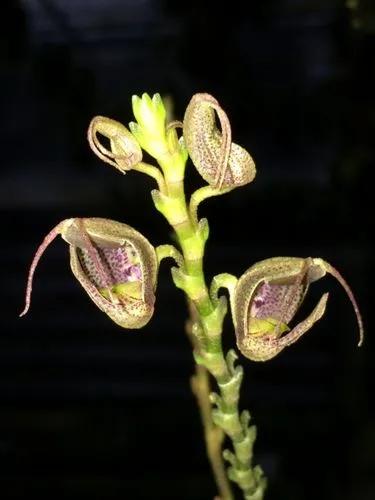Some species of Crotalaria are grown as ornamentals. The common name rattlepod or rattlebox is derived from the fact that the seeds become loose in the pod as they mature, and rattle when the pod is shaken.
Rattlepod Care
Crotalaria Polysperma



What is the plant
It could be invasive in tropical regions, mainly in Eastern Africa.
How to Care for the Plant

Water

Water only occasionally; during summer water can be done more often.

Fertilizer

Fertilize with a little compost.

Sunlight

Sun tolerant plant.
Ease your plant care routine with PlantIn's personalized system.

Soil

Perform well in most types of soil.

Temperature

Hardy plant – withstands winter low temperatures.

Additional

Some rattlepods are known to contain alkaloids that cause liver damage. These alkaloids are cumulative poisons, so toxins can build up in an animal's system over time. The disease caused by this liver damage is commonly known as 'walkabout disease' because affected horses can appear blind and wander aimlessly.
What's wrong with your plant?
Related Plants
Discover more plants with the list below
Popular articles






